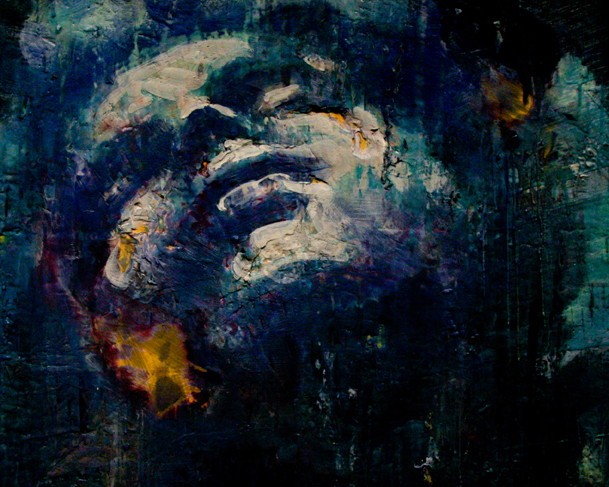A dynamic mosaic of ideas and methods
WAG collection of Canadian artist Tony Scherman’s works is bold and imaginative
Displaying a dozen paintings created between 1977 and 2005, the Winnipeg Art Gallery’s showcase of Tony Scherman’s artwork (titled Tony Scherman: A Major Acquisition) is an impressive collection of still-life images and pensive close-ups of the human face.
Scherman dynamically plays with colour in much of his work. Drippings of paint trickle over the images, suggesting carelessness, but careful smudging between shades of colour in other areas effectively smoothes the artwork. The drips and splatters of paint hint at an artist in frenzy, yet there is a deliberation in the bold strokes that make up the main image.
Scherman seems to want the audience to focus solely on that main image in each of his works; the background is lovely to look at as well, but in each piece it remains simply the backdrop for the feature part.
The subjects that Scherman has chosen to paint vary between an omelette on a plate to a child crawling on a tabletop to the detailed facial features of people who stare openly at the viewer.
Scherman’s earlier work is intense and wild. He uses bright splashes of colour and experiments with geometric shapes and patterns.
In more recent years, the paintings maintain a lively nature, but these depictions appear more consciously arranged than in his earlier work.
Brando as Napolean (2003-2005) allows the viewer to see into the art, enabling us to relate to and interact with the subject in the painting.
Some of the paintings are of an almost disturbing nature.
Dog (2004-2005) and Untitled (from the series Tabletop, 1985) leave it open to interpretation as to whether the dog is screaming or whether the child’s leg is growing from the drumstick placed strategically beside it.
Jim Morrison (2002) is also left to speculation. The aesthetic appeal of blushed shades contrasts beautifully with abstract details that frame the main subject.
Scherman’s decision to paint faces that take up the entire space of the canvas is overwhelmingly intense in his portraits.
In other pieces, such as The Servant’s Entrance: Versailles (1989), he illustrates depth and eases the intensity with stylistic lines in the foreground and the woman’s face in the background.
Whereas Scherman’s earlier pieces are almost too bright and flat in a one-dimensional sense, his style developed so that the viewer can have a relationship with the art.
Experimenting with brightness and softness, still life and portraiture, Tony Scherman demonstrates his imaginative skill with his ability to connect directly with the viewer.
Tony Scherman: A Major Acquisition is on display at the Winnipeg Art Gallery until Sunday, March 14.
Published in Volume 64, Number 20 of The Uniter (February 25, 2010)







